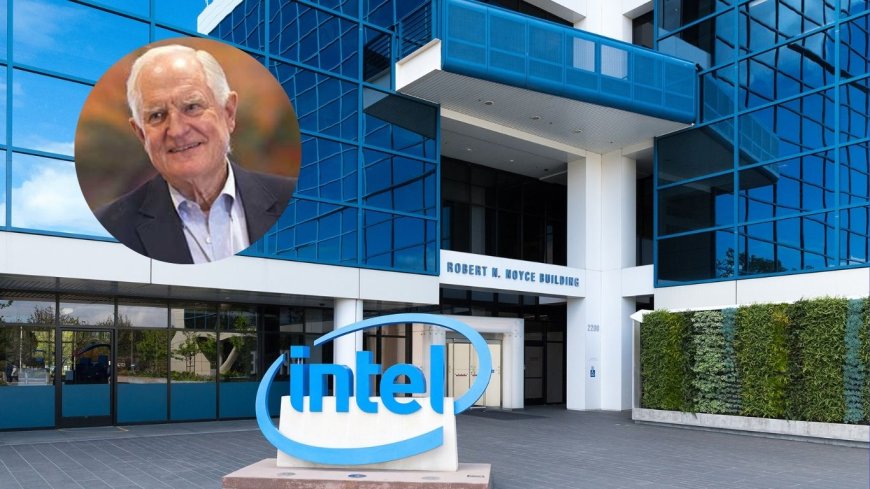Craig Barrett’s $40 Billion Wake-Up Call: A Blueprint to Save Intel and U.S. Chip Manufacturing
In the high-stakes world of semiconductors, the race for technological dominance has become as much a geopolitical contest as it is an engineering challenge.

With global supply chains snarled and foreign competitors encroaching, the future of American chipmaking—and by extension, national security—may rest in bold leadership and private-sector resolve. Enter Craig Barrett, former CEO of Intel, whose urgent and unapologetic plan lays bare what it will take to restore Intel’s edge and keep America at the cutting edge of semiconductor innovation.
A $40 Billion Lifeline with Private Capital at the Helm
Barrett's remedy is unapologetically ambitious: Intel needs a $40 billion cash infusion, and it should largely come not from Washington, but from tech giants such as Nvidia, Apple, Google, and others that depend on reliable, homegrown chip supply.
He envisions eight major tech players each contributing around $5 billion, positioning Intel—not just as a contract foundry, but as a strategic backbone of U.S. innovation. Barrett frames this investment not only as prudent business, but as essential defense against global supply vulnerabilities.
Trust Technology, Not Customer Pledges
Critical to Barrett’s argument is that innovation must precede orders, not follow them. Intel’s leadership, he argues, should not wait for customer commitments before investing in next-gen technologies like 14A. By the time deals come through, they’re often second-best. Instead, political will and financial backing are required now to propel Intel ahead of competitors.
Integrated Strength vs. Corporate Fragmentation
Barrett dismisses plans to split Intel into separate design and manufacturing units as a strategic misstep. He contends that Intel’s resurgence—bolstered by breakthroughs such as the 18A node, high-NA EUV lithography, and backside power delivery—hinges on vertical integration.
Fragmenting the company would disrupt the synergy that powers technological leadership, delay couragous innovation, and ultimately leave U.S. designers dependent on foreign foundries.
Leadership Matters: Bring Back Gelsinger, Fire the Board
Perhaps Barrett's most controversial recommendation: Intel should replace its current board and reinstate Pat Gelsinger as CEO. Barrett credits Gelsinger with steering a technological turnaround—reviving chip development teams, achieving parity with TSMC’s 2 nm capabilities, and laying the foundation for renewed momentum. According to Barrett, it’s a leadership signal as much as a strategic one: “Build on the current resurgence of Intel, don’t tear it apart.”
Beyond Corporate Survival: A National Mission
Barrett frames Intel's trajectory as intertwined with U.S. economic sovereignty. Not only must private sector capital step up, but policymakers must accelerate—and perhaps rethink—the CHIPS Act and related initiatives. He even proposes import tariffs for advanced chips as a strategic catalyst, a kind of semiconductor “steel tariff,” designed to bolster domestic investment and incentives.
Craig Barrett’s vision demands collaboration between tech giants, government pragmatism, and a recommitment to technological risk taking. If this strategy succeeds, it could protect Intel’s legacy, secure U.S. chipmaking independence, and ensure America remains an intellectual engine in the global semiconductor race. If not, the costs are far greater than declining margins—it’s a matter of strategic sovereignty.

